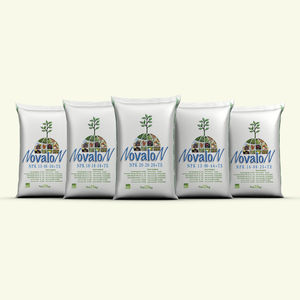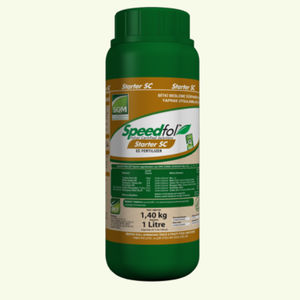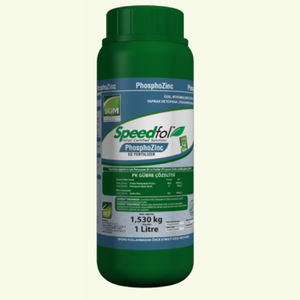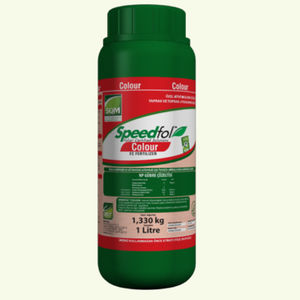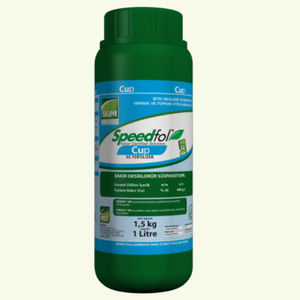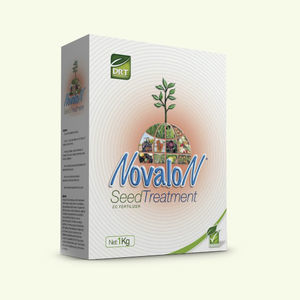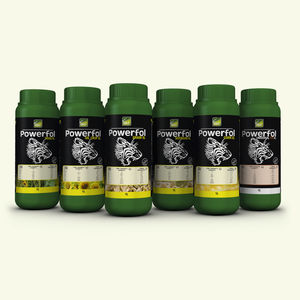
Mineral fertilizer Dash46Ngranulardeficiency corrector
Add to favorites
Compare this product
Characteristics
- Type
- mineral
- Main composition
- N
- Format
- granular
- Function
- deficiency corrector
- Other characteristics
- urea
Description
Lots of Nitrogen Lost
Nitrogen (N) fertilization is one the most widely used agricultural practices and crops are known to utilize only 30 to 35% of the applied nitrogen fertilizer. Every year non-ignorable total sum of nitrogen lost with volatilization to the air, leaches from the soil and become not useful for the plants.
As the technological advancements, attention has been focused on studies to measure nitrogen loss and maximize plant nitrogen use efficiency. A practice commonly recommended to improve nitrogen fertilizer use efficiency is the addition of urease and/or nitrification inhibitors into nitrogen fertilizers. Urease inhibitors delay hydrolyzes of urea fertilizer and thereby decreases ammonia volatilization; nitrification inhibitors delay the conversion of ammonium to nitrate and lowering nitrate leaching.
DASH46
Urea fertilization is known to be susceptible to nitrogen losses by ammonia volatilization and depending on fertilizer practices, soil type and environmental conditions this loss can reach 50% of the total nitrogen applied (Harisson and Webb, 2001; Cai et al., 2002). One approach for reducing potential losses of nitrogen in urea fertilization is to reduce urea hydrolyzes by inhibiting urease activity. Urease is an enzyme that catalyzes the hydrolysis of urea into carbon dioxide and ammonia. Inhibiting urease; the urea fertilizer can leach or bind into the soil before hydrolysis to ammonia and captured by the soil colloids thereby reducing losses of gaseous nitrogen. For this reason we use well-known urease inhibitor NBPT [N-(n-butyl) thiophosphoric triamide] inside DASH 46.
Catalogs
No catalogs are available for this product.
See all of doktor tarsa‘s catalogsRelated Searches
- Fertilizer
- Fertilizer with trace elements
- Mineral fertilizer
- Granular fertilizer
- Liquid fertilizer
- Foliar application fertilizer
- Organic fertilizer
- Soluble fertilizer
- NPK fertilizer
- Ground application fertilizer
- Fruit fertilizer
- Deficiency corrector fertilizer
- Potassium fertilizer
- Rich in magnesium fertilizer
- Ferti-irrigation fertilizer
- Arboriculture fertilizer
- Small farming fertilizer
- Root fertilizer
- Simple fertilizer
- Nitrogen fertilizer
*Prices are pre-tax. They exclude delivery charges and customs duties and do not include additional charges for installation or activation options. Prices are indicative only and may vary by country, with changes to the cost of raw materials and exchange rates.


